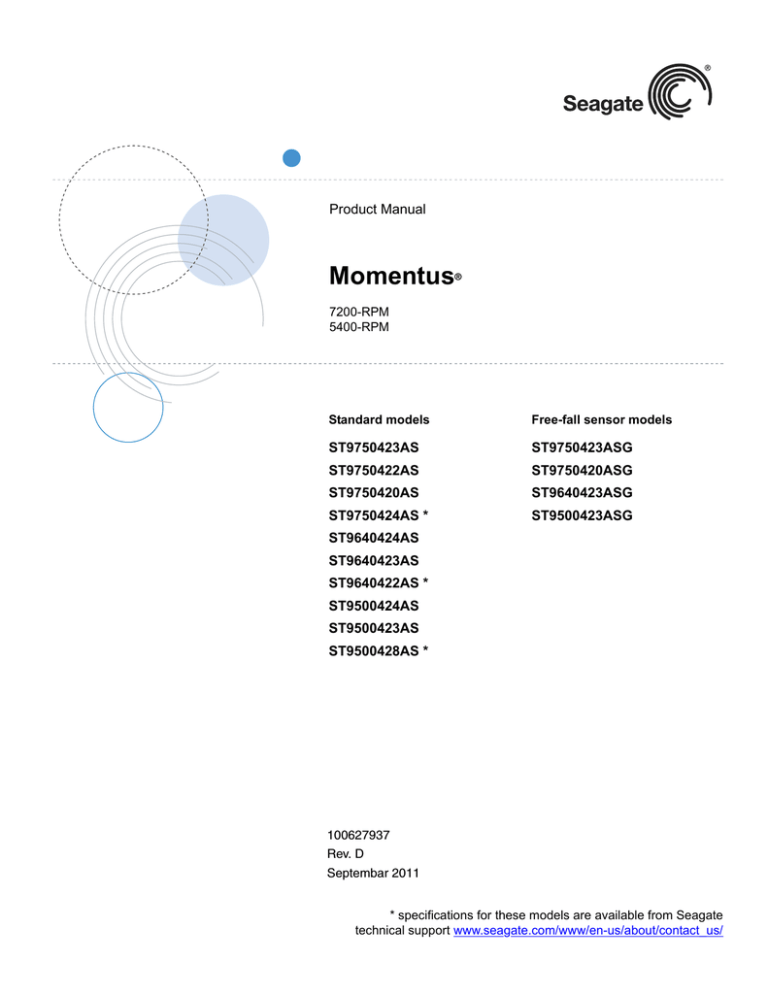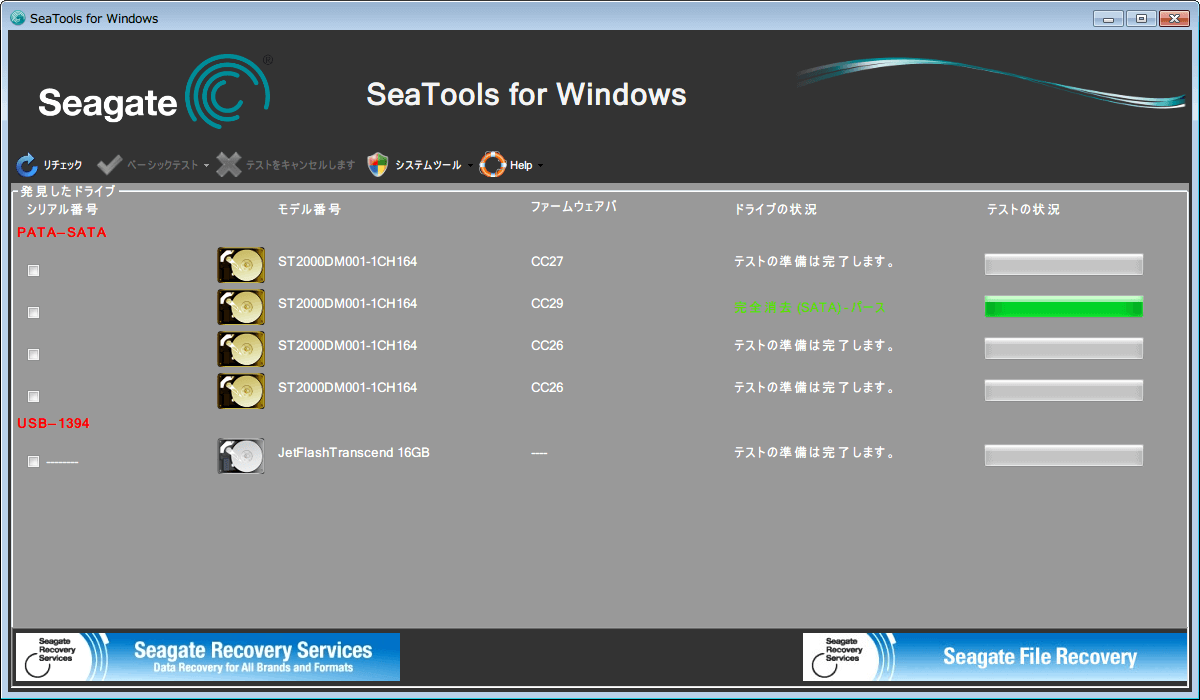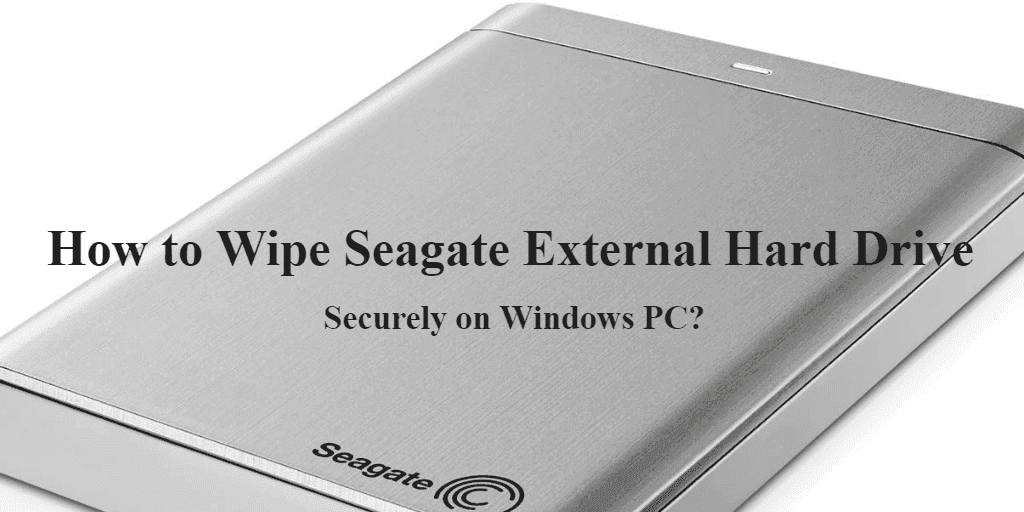Need to write zeros to Seagate hard drive
Write zero is a method of formatting a hard disk whereby the formatter overwrites the disk contents with zeros. It is also called zero fill erase or zero-fill. As the data is manipulated at the most basic level, this method is considered as low-level format.
Need to write zeros to Seagate hard drive Write zero is a method of formatting a hard disk whereby the formatter overwrites the disk contents with zeros. It is also called zero fill erase or zero-fill. As the data is manipulated at the most basic level, this method is considered as low-level format. Erase Track Zero - Quick Zero fill to erase. SeaTools for DOS is a comprehensive, easy-to-use diagnostic tool that helps you quickly determine what is preventing you from accessing data on your desktop or notebook computer. It includes several tests that will examine the physical media on your Seagate or Maxtor disc drive and any non-Seagate. Seagate Tools Erase Track Zero - fasrlotto Nov 09, 2017 SeaTools for Windows tests SATA, USB, 1394, ATA (PATA/IDE) and SCSI drives. It installs onto your system and allows you to select a specific test. If the drive passes SeaTools for Windows, your troubleshooting efforts can move to other areas.
You may demand to write zeros to Seagate hard drive for the following reasons:

- Remove a stubborn virus. If there is a virus on your Seagate hard drive that can’t be eliminated by antivirus software, you can zero fill the drive.
- Fix a corrupted drive. If CHKDSK fails to fix bad sectors on Seagate hard drive, you may try writing zeros to it as a last resort.
- Erase confidential information. If you are going to recycle your Seagate hard drive or give it to others, you must wipe the drive to avoid information leakage.
- Reuse old hard drive. If you have cloned Seagate HDD to SSD or moved to a new computer, you can erase the old hard drive and use it as a storage device.
Then, how to write zeros to Seagate hard drive? There are two methods available:
Zero fill Seagate hard drive by a full format
In Windows Vista and later versions, the format command writes zeros to the whole disk when a full format is performed. Learn how to run a full format on your Seagate hard drive below:
1. Press Win + E keys to open File Explorer.
2. Right-click on the Seagate hard drive and choose Format.
3. In the pop-up window, choose another file system or keep the default one. UNCHECK the box before Quick Format and click Start.
4. You will receive a warning of data loss. Click OK to start writing zeros to Seagate hard drive.
Tip: The full format takes twice as long as the quick format, because it not only removes files from the specified drive but also scan the drive for bad sectors. Wait patiently for the process to be finished.
Wipe Seagate hard drive clean via a freeware
Seatools Erase Track Zero
To zero fill Seagate hard drive, you can also rely on a professional disk eraser. Here I’d like to recommend the best free disk wipe tool – AOMEI Backupper Standard. You can benefit a lot from its “Disk Wipe” feature:
- It enables you to wipe an entire disk, a selected partition, or unallocated space and make your data unrecoverable.
- It can help you wipe not only HDDs but also USB drives and SD cards. Besides, it supports all branded disks, including Seagate, Samsung, SanDisk and WD, etc.
- It allows you to create a bootable USB to wipe a hard drive without loading Windows.
- It is compatible with all editions of Windows 10, 8/8.1, 7, Vista and XP.
Follow the steps below to wipe Seagate hard drive clean via AOMEI Backupper:
Step 1. Download, install, and open AOMEI Backupper. Click Tools and choose Disk Wipe.
Step 2. On the Wiping Type page, choose Wipe Disk and click Next.
Step 3. Select the Seagate hard drive that you want to wipe and click Next. If it is the system disk, the operation will be performed in reboot mode.
Seagate Tools Erase Track Zero Turn Mower
Step 4. On the Wiping Method page, choose Fill sectors with Zero. Then click Start to begin the zero filling process.
Tip: To enjoy more advanced wiping methods like Fill sectors with random data,DoD 5220.22-M, and Gutmann, you need to upgrade to AOMEI Backupper Professional.
Verdict
You have learned two efficient ways to write zeros to Seagate hard drive in Windows 10/8/7. You can choose to perform a full format or run disk wipe with AOMEI Backupper as you wish. Actually, AOMEI Backupper is more than a professional disk eraser. It is also a free SSD migration tool that enables you to transfer data from HDD to SSD. Why not give it a shot?
A recent blog by one of my colleagues caught my eye the other day because of the history of data storage infographic included in it. Reading through it reminded me of just how fast our world is becoming more and more digitized. Think for a moment that in just over the last twenty years, we’ve seen the transition from regular mail to e-mail, from traditional books to e-books, from physical encyclopedias to Wikipedia, and, of course, from music and movies on physical media to downloadable copies. There are many other examples all around us, and you can be sure we haven’t seen the end of this trend. Don’t be surprised if someone comes up with a digital hammer soon. 😉
The creation of data is said to be doubling every two years, and according to IDC, the world will create 44 zettabytes of data by 2020.[i] That’s the equivalent of 250 billion DVDs…give or take a movie or two. An astonishing figure, no doubt, and storage vendors like Seagate make a good business from making the hard drives and systems to store this data on. But while the IT industry likes to talk about how much data is being stored and how much equipment will be required to store it all, very little attention is given to the enormous amount of hard drives currently in place and what happens to them when we’re done with them.
Think for a moment what you do when you upgrade your computer, tablet, or smart phone, or if you’re the IT guy at work, what you do with the old systems you’re going to replace. Most of us simply migrate the data we want to keep to the new system, “delete” the old drive and resell the system. For most of us, deleting or “wiping” the drive is simply a matter of reformatting it, and the truly paranoid among us will physically destroy the drive. But aside from physically destroying the drive, a simple reformat only gives the appearance of erasing the data by erasing just the root directory the system uses to find where your data is stored on the drive, while leaving the user data intact. These are hardly secure erasure methods since even the most basic disk recovery tool can easily recover the data you thought was deleted. And with the steady stream of data breaches these days, we all know we should do a better job of protecting our data.

To that end, Seagate has been a pioneer in data security with the self-encrypting drive (SED) technology we introduced in 2006 that was designed to protect the data stored on our hard drives (“data at rest”). The customer response over the years to such a simple and effective way to secure data at rest has been extremely positive, especially in those industries where data breaches can be very costly, due to increasing data privacy laws. And it seems a week doesn’t go by without news of another huge data breach that has all of us wondering if our personal data was compromised. Sure, SEDs can prevent some of this , but what is a bit surprising is that we’ve seen a tremendous growth of users deploying SEDs solely for the crypto-erase feature that can wipe drives clean when they need to retire (or repurpose) them.
Why has crypto-erase become so popular? Because it’s a quick and easy way of securely erasing a drive, which can take many hours and often days using traditional data overwrite methods. Instead, SED users can simply change the existing password (the data encryption key, actually), and their data is no longer readable… ever. And a crypto-erase can be done in seconds for any size drive, so you can imagine a user’s elation when they can securely erase an 8TB drive in the blink of an eye. Now multiply that feeling by the tens or hundreds of drives they retire every day, and it’s easy to see why some of our largest customers won’t buy anything but SEDs.

And there’s even better news now that crypto-erase has been approved as a preferred method of data sanitization by two major standards organizations (ISO and NIST). With this official guidance, even the most paranoid corporations and government agencies can feel secure (forgive the pun) that crypto-erase methods are now preferred since they “can be performed with high assurance much faster than with other sanitization techniques.”[ii] Furthermore, the ISO data erasure guidelines go on to say,
“Cryptographic erase could provide substantial value by facilitating rapid eradication of sensitive data (in seconds versus hours or days) by…
- reducing the wear on the storage device (therefore potentially extending the life of the device)
- reducing the amount of man-hours expended performing sanitization
- addressing media types that may be impractical to address using legacy degaussing and destruction techniques”
So while wide customer acceptance speaks for itself, endorsements from some of the leading international standards bodies reinforce the value of SEDs even if you only use them to erase the data on your drives when you’re retiring an old laptop, tablet, smart phone, or corporate system. And at the rate we all upgrade our systems, it won’t be too long before you find yourself debating how you’re going to safely get rid of that old drive, right?
Security software specialists have recognized the value of crypto-erase for years. “Standards bodies such as NIST and ISO now promote cryptographic erase — where admins can sanitize an encrypted drive by destroying or overwriting the encryption key, and WinMagic has supported this concept for a long time,” said Garry L. McCracken, CISSP and vice president of technology for WinMagic, an encryption and key management vendor. “Crypto-erase functions appropriately spotlight the importance of encryption key management. Crypto-erase is especially effective when the actual Data Encryption Key (DEK) is very tightly controlled such as is the case with self-encrypting drives.”
Do yourself and your organization a favor and think ahead two or three years when you’re in the market for a new system. If you have the option, go with the SED even if you only use it to do the crypto-erase. Believe me… you’ll be glad you did. If you have a minute, watch this short video on why Seagate Instant Secure Erase, the crypto-erase feature we include on every SED we ship, can help with your drive retirement needs. Don’t leave your data security to chance.
—
[i] IDC/EMC Digital Universe, April 2014
[ii] ISO/IEC 27040 (Information technology ─ Security techniques — Storage security) and NIST 800-88 (Guidelines for Media Sanitization)
Allen Marin is a senior program manager for Seagate Data Security products.